Delightfully Decorate Your Desserts with Edible Flowers for Cake: The Ultimate Guide
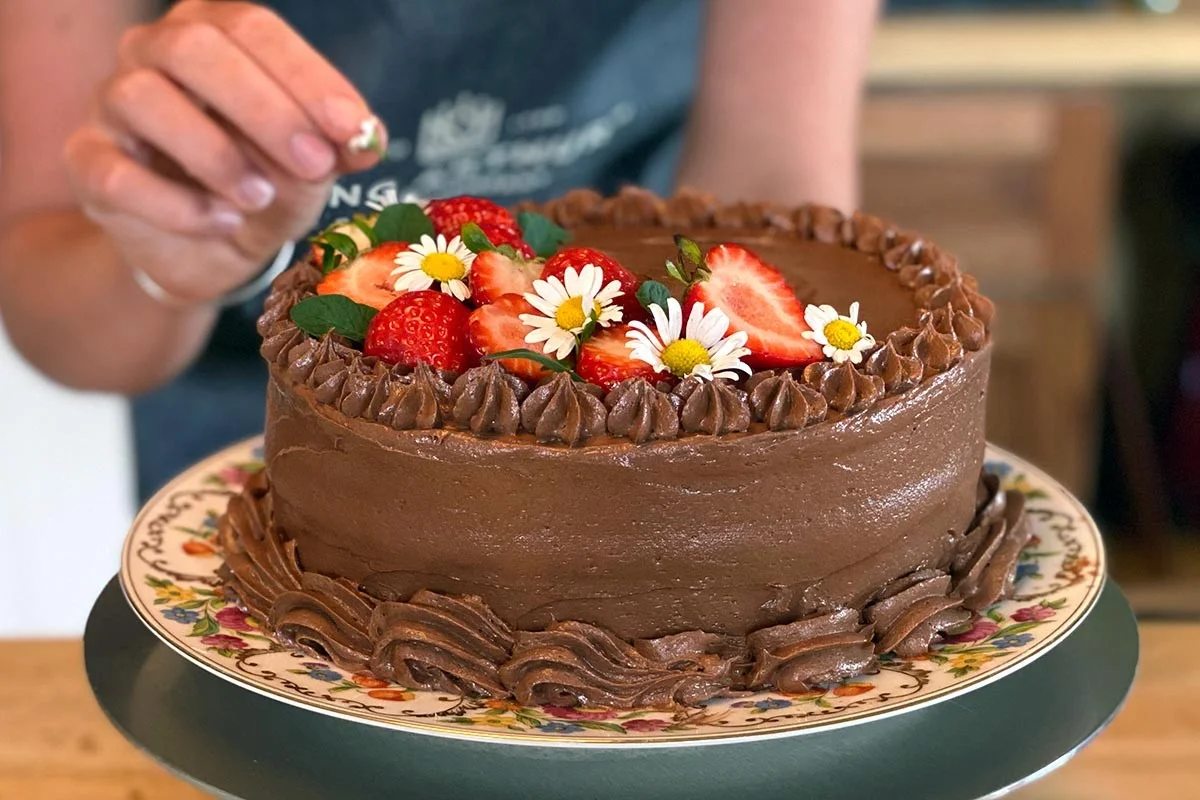
Why Edible Flowers? The Art of Nature’s Sweetest Touch
The History of Edible Flowers in Culinary Traditions
Edible flowers have played a significant role in culinary traditions across the globe for centuries. Their use can be traced back to ancient civilizations, where they were included not only for their visual appeal but for the flavors they added to dishes. In ancient China, blossoms such as chrysanthemum were consumed not only for their beauty but also for their reputed medicinal properties. The Romans are known to have delighted in the flavors of violets and roses, incorporating them into various dishes, from salads to desserts. Similarly, in medieval Europe, flowers such as borage and primrose were used in recipes, reflecting a time when gardens were an essential part of daily life and dining.
Fast forward to the present day, the trend of edible flowers has experienced a renaissance, fueled by a growing interest in organic gardening, foraging, and farm-to-table dining. In the culinary world, renowned chefs have embraced edible flowers as a way to enhance the dining experience, combining their vibrant colors and unique flavors to elevate not only cakes but a host of desserts. This renaissance speaks not just to aesthetics but also to a reinvigoration of ancient wisdom, where food was oftentimes a celebration of nature’s bounty.
Culinary Benefits: Flavor Profiles and Aesthetic Appeal
Incorporating edible flowers into your cake creations adds a multifaceted layer of benefit that goes well beyond mere decoration. Many edible flowers for cake boast delightful flavor profiles that can enhance the taste experience you’re aiming for. For instance, nasturtiums bring a peppery bite reminiscent of arugula, while lavender provides a gently sweet and floral essence. Similarly, flowers like hibiscus impart a tart, cranberry-like flavor that can pair splendidly with a rich, buttery cake. Understanding these flavor profiles allows bakers to create harmonious desserts that tantalize the palate rather than merely visually impress.
Moreover, edible flowers are formidable allies when it comes to appealing presentation. A cake adorned with vibrant petals can transform an ordinary dessert into an artful masterpiece. The color contrasts, textures, and shapes combined allow for creativity that can mirror the seasons, moods, or themes of any event. The psychological effect of visually stunning desserts can entice guests even before the first bite is taken, heightening anticipation and enjoyment.
Choosing the Right Edible Flowers for Your Cake Creations
Seasonal Selections: Knowing When to Use Each Bloom
One of the most essential aspects of utilizing edible flowers in your baking is understanding which blooms are in season and when. Seasonal offerings not only guarantee fresher, tastier flowers but also promote sustainability and environmental responsibility. In spring, you might find blossoms such as violets, pansies, and lilacs flourishing, each bringing unique colors and flavors. Summer introduces a wider variety, including sunflowers, chamomile, and lavender, which can provide freshness to rich, summer cakes. In autumn, edible flowers might be more limited, but consider the bold hues of marigolds and the tartness of nasturtiums.
The winter months pose a challenge for sourcing fresh flowers, yet many bakeries now cultivate varieties suited for colder months, such as calendula or various herb blossoms. Understanding this seasonal rhythm not only allows you to coordinate flavors but ensures that you are working with the freshest ingredients, ultimately enhancing your baked goods. Additionally, seasonal floral arrangements can resonate with the themes of celebrations, making your cakes even more meaningful.
Identifying Safe vs. Toxic Flowers: A Guide for Home Bakers
As tempting as it may be to adorn your cakes with any beautiful bloom found in nature, it is crucial to have a comprehensive understanding of which flowers are safe to consume. There are many stunning flowers that one might assume are edible, only to find they contain toxic properties that can be harmful if ingested. For example, while sweet peas are charming, they are toxic, and can lead to a range of health issues. Conversely, flowers like pansies, roses, and violets are not only safe to eat but delicious, too.
For home bakers, it is vital to educate oneself about the flowers being used, focusing on varieties that are not only non-toxic but have been grown specifically for culinary purposes. Commercially sold edible flowers are typically grown without pesticides or chemicals harmful to human consumption. If you’re foraging in wild spaces, ensure proper identification and sourcing from areas that have not been exposed to pollutants or chemicals; it’s always best to err on the side of caution.
Techniques and Tips for Perfectly Decorating with Edible Flowers
From Petals to Posies: Arrangement Styles that Wow
Creating visually stunning presentations with edible flowers requires a bit of artistic flair and an understanding of arrangement principles. When decorating cakes, consider the balance of color, size, and composition. A simple yet effective technique is to cluster small blooms together; this can create striking focal points on larger desserts. For instance, using a cluster of bright marigolds alongside delicate white flowers can create an eye-catching contrast that draws admiration.
Another method is to use embellishments of petals that can be dispersed lightly across the cake surface, creating a whimsical, natural look. Experimenting with layering flowers—such as placing larger petals at the base of the cake and smaller ones atop—can add depth and dimension. Also, don’t forget the power of greenery; incorporating herbs or foliage can not only frame your flowers beautifully but also enhance the overall aesthetic. Remember, the goal is to celebrate the beauty of each bloom and create a harmonious composition that makes your cake a true centerpiece.
Pairing Flavors: Complementing Your Cake with Floral Notes
One of the most delightful aspects of using edible flowers in cakes is their ability to enhance and elevate flavors, transforming an enjoyable dessert into a multi-sensorial experience. It’s important to think about how the floral notes will interact with the core flavors of your cake. For instance, if you’re baking a lemon cake, consider incorporating lavender—its subtle sweetness complements the citrus and adds an aromatic layer. Similarly, if crafting a chocolate cake, adding violets not only enhances the visual appeal but provides a delightful, sweet contrast to the richness of chocolate.
The alignment of flavors can prompt a palette of unexpected tastes and maximize the impact of your dessert. Furthermore, experimenting with infused syrups or frostings that incorporate floral notes can create a cohesive and immersive experience. For those less accustomed to combining herbs and flowers with sweet dishes, begin with small amounts, gradually adjusting quantities until achieving the desired balance. This exploration of flavors will encourage creativity, enhancing each baking endeavor.
Caring for and Storing Edible Flowers: Ensuring Freshness and Flavor
Harvesting Tips: When and How to Pick Your Blooms
For those inclined toward the art of edible flowers, understanding when and how to harvest can significantly impact their freshness and flavor. Ideal conditions for picking include early morning after the dew has evaporated, which ensures the blooms remain intact and fully hydrated. Flowers should be cut just above the leaves, using sharp, clean scissors to avoid bruising the delicate petals. Aim to select blooms that are fully open but still fresh; wilted flowers or those that have started to fade will detract from the overall quality of your final cake. It is also essential to avoid harvesting flowers near roadways or areas that may expose them to pollutants.
Additionally, if you’re involved in gardening, consider growing your own edible flowers. This not only assures that you have fresh ingredients on hand but also allows you to monitor the growing conditions, ensuring they’re free from harmful chemicals.
Storing Techniques: Keeping Flowers Fresh for Decoration
Once you’ve harvested or purchased your edible flowers, proper storage is vital to maintaining their freshness and aesthetic qualities. If you plan to use them within a day or two, keep them in a cool, dry place, ideally wrapped in a damp cloth or placed in a container with a bit of water, covering the stems. This will help to keep them hydrated longer. If you need to store them for an extended period, consider refrigerating them. Place the flowers upright in a clean jar with a small amount of water, then cover them lightly with a plastic bag to minimize moisture loss. Keep an eye on the flowers, replacing the water as needed and using them while they are at their peak freshness.
When it’s time to use your flowers for decorating, take them out of the refrigerator and allow them to come to room temperature before adorning your cake. This ensures that they look their best and contribute fresh flavor to your creation.


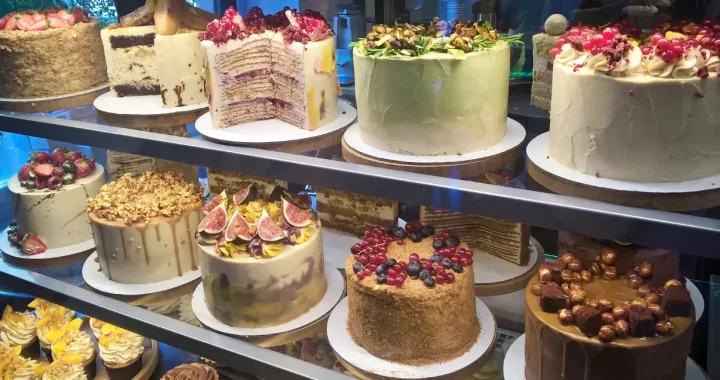 The Art and Craft of Bakeries and Cakes: A Journey of Flavor, Tradition, and Innovation
The Art and Craft of Bakeries and Cakes: A Journey of Flavor, Tradition, and Innovation 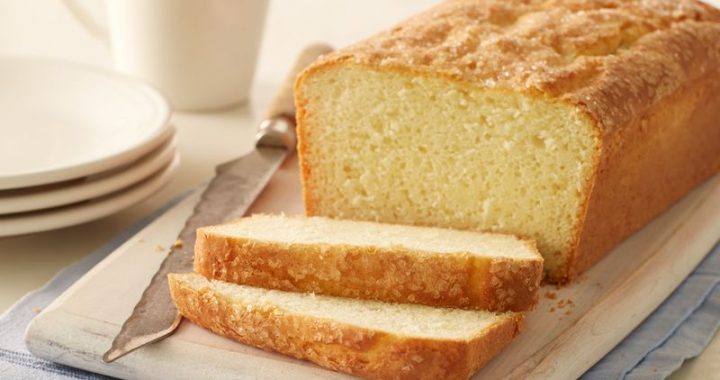 Cake Loaves of bread – Leave Your Dessert Towards The Experts
Cake Loaves of bread – Leave Your Dessert Towards The Experts  Help guide to the right Wedding Cake
Help guide to the right Wedding Cake  Novelty Loaves of bread for Cakes
Novelty Loaves of bread for Cakes  Design Ideas and Strategies for Loaves of bread Logos
Design Ideas and Strategies for Loaves of bread Logos  Cake Decorating – Frosting Strategies For Beginners
Cake Decorating – Frosting Strategies For Beginners 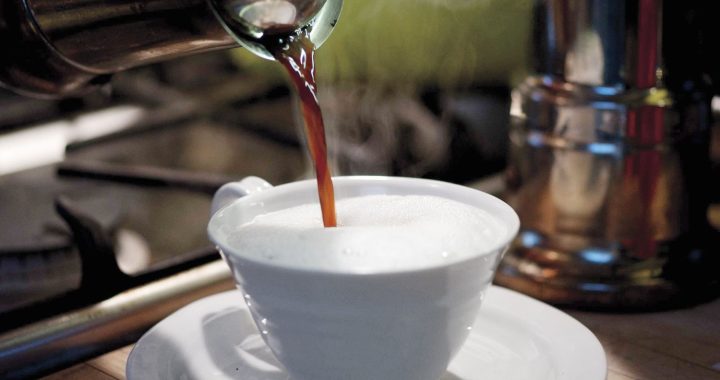 The Future of Coffee & Drinks: Sustainability, Innovation, and Personalization
The Future of Coffee & Drinks: Sustainability, Innovation, and Personalization 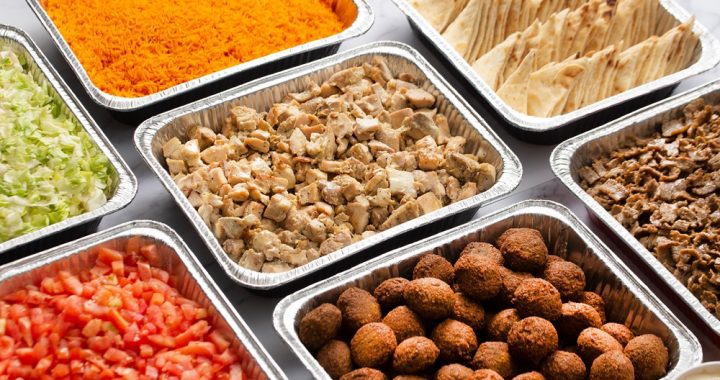 The Art of Catering: A Fusion of Flavor, Service, and Experience
The Art of Catering: A Fusion of Flavor, Service, and Experience